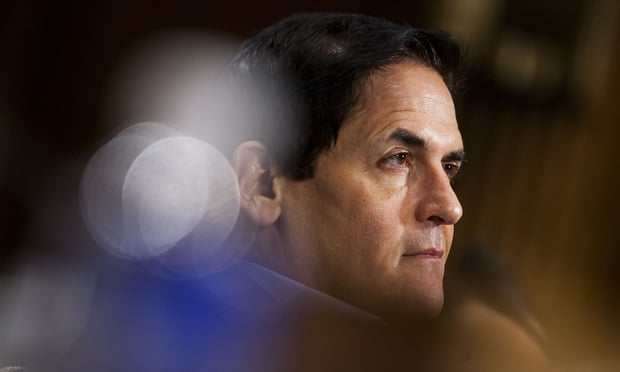 Credit: Adobe Stock
Credit: Adobe Stock
Employers considering offering medical credit card programs as an employee benefit may wonder how many health care providers really take the cards.
Researchers' answer: It depends. In some specialties, more than 20% of the providers take the cards. In other specialties, very few providers take the cards.
Recommended For You
The researchers came up with the medical credit card acceptance rate estimates when they studied the topic for a new paper published by the JAMA Health Forum, an American Medical Association publication.
Medical credit card basics: Medical credit cards give workers a way to pay the out-of-pocket costs for care when the care is received and then pay off the credit provider over time.
Some of the major programs include Bread Financial's Alphaeon program, Synchrony Financial' CareCredit program and Wells Fargo's Health Advantage program.
Those programs are offered mainly through the providers but sometimes through affinity groups and worksite marketing programs.
Paytient offers a somewhat different type of health care credit program that's designed to be offered by employers and subsidized by employers.
The traditional, provider-oriented medical credit card programs provide special can provide help with finding providers, a chance to accumulate credit card award program points, and interest-deferral periods that last for 6 to 18 months.
The Paytient program offers interest-free financing and is designed to complement employers' high-deductible health plans.
The paper: Joseph Dov Bruch, a University of Chicago faculty member, and his colleagues scraped the web for information and identified about 180,000 separate health care practice locations.
The team calculated medical credit card acceptance estimates for 20 different types of practices.
The acceptance percentages were over 20% for dermatologists, physical therapists, chiropractors, podiatrists and dentists.
Acceptance percentages were under 1% for internal medicine doctors, pediatricians, general surgeons, occupational therapists, medical laboratories, and emergency and critical care providers.
Some consumer advocates say the cards may lead to patients paying high interest rates and building up too much debt.
Related: Medical credit cards come under fire at Senate medical debt hearing
Program supporters say the card programs can help patients get necessary care while protecting the providers against billing problems.
A RAND team recently reported that commercial health insurers pay emergency room doctors just 84% of the allowed charges for out-of-network care.
Researchers should pay attention to the cards, because patients used them to pay about $23 billion in medical bills from 2018 through 2020, the researchers write.
© 2025 ALM Global, LLC, All Rights Reserved. Request academic re-use from www.copyright.com. All other uses, submit a request to [email protected]. For more information visit Asset & Logo Licensing.







